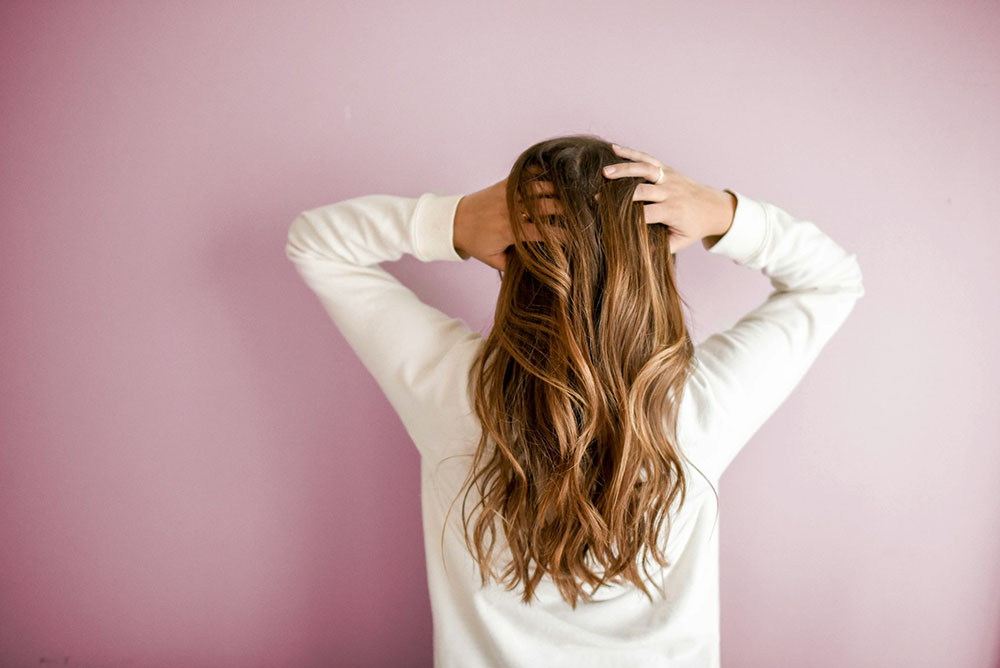
You step out into the sunshine and feel the warmth on your skin — but later, you notice more strands of hair in your brush than usual. If you’ve ever wondered whether summer is secretly thinning your locks, you’re not imagining things. For many people, warmer months bring a spike in shedding, and while it’s usually temporary, understanding why it happens can help you keep your hair healthy all season long.
Seasonal Shedding: What’s Normal?
Hair naturally cycles through growth (anagen), transition (catagen), and rest (telogen) phases. Every day, 50 to 100 strands reach the end of their life and fall away — it’s part of the process. But research shows that, much like animals that change their coats, humans can also experience seasonal peaks in shedding. Late spring and summer often see more follicles in the telogen phase, which means more hair is primed to let go.
Why Summer Can Mean More Hair on Your Pillow
☀️ Extended Telogen Phase – Seasonal biology plays a role: more follicles “rest” in summer, so more will shed.
🔥 Sun & Scalp Stress – UV rays can dry the scalp, weaken hair shafts, and even trigger inflammation if you burn.
💦 Sweat & Overwashing – Hot weather means sweatier days, more frequent shampoos, and sometimes a stripped, irritated scalp.
🏖 Pool & Ocean Exposure – Chlorine and salt water can roughen the cuticle, leaving strands brittle and easier to break.
🍽 Diet & Hydration Shifts – Skipping protein, indulging in more sugary foods, or not drinking enough water can all show up in the health of your hair.
Practical Ways to Keep Your Hair at Its Best
- Shield from the sun with hats or UV‑protective sprays.
- Hydrate inside and out — drink water and keep your scalp moisturized.
- Switch to gentle shampoos that won’t strip away protective oils.
- Dial back the heat tools, especially in already‑hot weather.
- Eat for hair health, focusing on protein, iron, biotin, and vitamin D.
- Try a scalp massage to boost circulation and support growth.
When to Get It Checked Out
If shedding feels extreme, continues past the season, or comes with thinning patches, see a dermatologist or trichologist. Hormonal changes, nutritional gaps, stress, or medical conditions like alopecia can mimic or worsen seasonal shedding — catching them early makes a difference.
Summer shedding is usually your body’s natural rhythm, not a crisis. With a little extra care — mindful sun protection, nourishing routines, and proper hydration — you can ride out the season with confidence, keeping your hair strong and your scalp healthy until the cycle shifts again.
